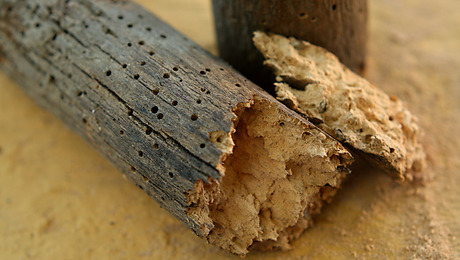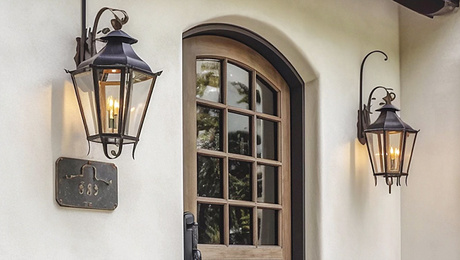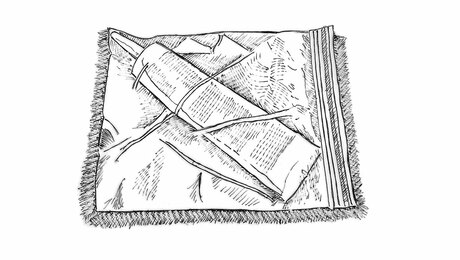Interest in green building has fostered intensive research and plenty of controversy about the sustainability of various building materials. Polyvinylchloride, or PVC, is a case in point. Used to make vinyl siding, window and door frames, plumbing pipe, flooring, and other building products, PVC has been the focus of an eight-year-long study by the United States Green Building Council’s Technical and Scientific Advisory Committee (TSAC). Its recently issued report, more than 200 pages long, hammers home the complexity of the green equation.
PVC doesn’t fare well in a “hazard analysis” of the manufacturing process; its carcinogenic resin compounds pose health risks to factory workers. TSAC’s data even address the health implications of “fence-line exposures” for residents near PVCmanufacturing facilities. Also factored in the analysis: fossil-fuel depletion, ozone impact, and ecosystem repercussions as well as pollution that results from burning PVC accidentally (landfill fires) or deliberately (backyard trash disposal).
The TSAC report includes parallel analysis of comparable building products that might be used instead of PVC-based materials. Cedar clapboards and aluminum siding were evaluated as alternatives to vinyl siding. Cork flooring was compared to sheet and vinyl-tile flooring. Cast-iron waste pipe and aluminum windows also were subjected to this complex green analysis.
The committee’s initial objective was to determine if the USGBC should regard the avoidance of PVC products as a positive point in the LEED green-rating program; in essence, the committee asked: Is vinyl more poisonous to people, plants, and wildlife than its alternatives? No. Among the findings:
• Vinyl and aluminum siding are both bad, but for different reasons. Vinyl poses a high cancer risk, while the manufacture of aluminum siding is among the most detrimental with regard to environmental impact.
• Despite its high recycled-iron content, cast-iron pipe is the worst material in terms of environmental impact because of the pollution from coke-oven emissions during the manufacturing process. ABS pipe poses less risk to humans and to the environment than cast iron or PVC.
• Vinyl flooring is one of the worst materials to use in terms of health risks, due to harmful outgassing. Cork flooring is a much greener material.
The findings in this TSAC report will affect LEED’s rating system. To see a copy of the full report, go to www.usgbc.org/ShowFile.aspx?DocumentID=2372.

























